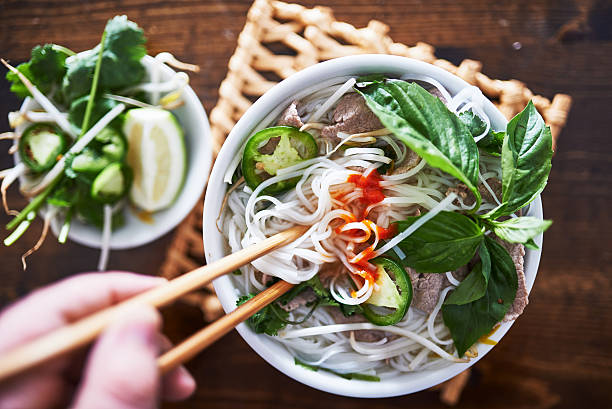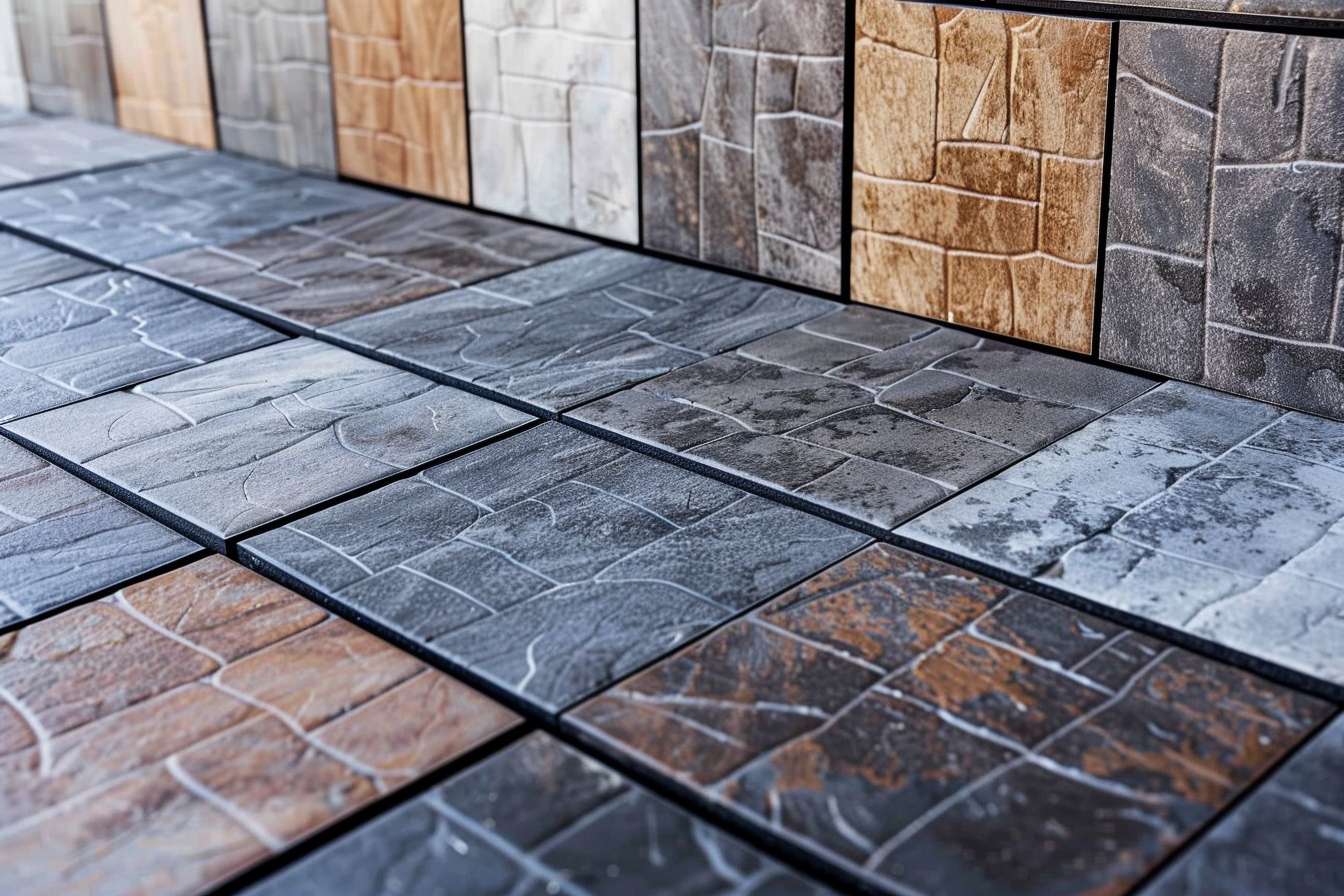Noodle Slurping: The Art of Savoring Every Strand
Slurp your way to noodle nirvana! Dive into the world of noodle etiquette, exploring cultural differences and the science behind why slurping enhances flavor. From ramen to pho, discover how this seemingly uncouth practice can elevate your dining experience and why it's time to embrace the slurp.

The Science of Slurping
Believe it or not, there’s a scientific basis for why slurping enhances the flavor of noodles. When you slurp, you’re not just ingesting noodles—you’re also taking in air. This combination of air and broth creates a unique sensory experience, allowing the aromas to hit your olfactory receptors more intensely. The act of slurping also cools the noodles slightly as they enter your mouth, preventing burns and allowing you to enjoy them at the optimal temperature. Additionally, the increased oxygenation of the broth through slurping can actually alter its flavor profile, bringing out subtle notes that might otherwise go unnoticed.
Noodle Varieties and Slurping Techniques
Different types of noodles call for different slurping techniques. Ramen, with its long, thin noodles and rich broth, is best enjoyed with a hearty slurp that draws in both noodles and soup. Udon, being thicker, requires a more controlled slurp to avoid splashing. When it comes to pho, the technique involves using chopsticks to guide the noodles into your mouth while sipping the broth. Soba noodles are often eaten cold and require a delicate slurping technique to fully appreciate their nutty flavor. By mastering these various techniques, you’ll not only show respect for the cuisine but also maximize your enjoyment of each unique noodle dish.
Etiquette and Global Perspectives
While slurping is widely accepted in many Asian countries, it’s important to be aware of your surroundings and the cultural context of your dining experience. In more formal settings or Western restaurants, it may be appropriate to tone down your slurping or avoid it altogether. However, many international cities are seeing a shift in attitudes towards noodle slurping, with some ramen shops even encouraging the practice as part of an authentic experience. This evolving global perspective on noodle etiquette reflects a growing appreciation for diverse culinary traditions and a willingness to embrace new dining practices.
Embracing the Slurp: Tips for Beginners
If you’re new to the world of noodle slurping, don’t worry—it’s a skill that can be learned and perfected with practice. Start by observing others in authentic noodle shops, paying attention to their technique and the sounds they make. Begin with smaller slurps and gradually increase the intensity as you become more comfortable. Remember that the goal is to enhance your enjoyment of the meal, not to be disruptive to others. With time, you’ll develop your own style and appreciation for this age-old practice, opening up a whole new dimension of noodle enjoyment.
Slurp-worthy Facts and Tips
• Slurping noodles can actually make them taste better by aerating the broth and cooling them to the perfect temperature.
• In Japan, not slurping your ramen can be seen as an insult to the chef.
• The loudness of your slurp isn’t as important as the technique—focus on drawing in both noodles and broth together.
• Some ramen shops in Tokyo have “slurping booths” for solo diners who want to enjoy their noodles without inhibition.
• Holding the bowl closer to your mouth can help minimize splashing when slurping.
• The ideal noodle temperature for slurping is around 50-60°C (122-140°F).
• Slurping isn’t just for hot noodles—cold soba can benefit from this technique too.
In conclusion, noodle slurping is more than just a dining quirk—it’s a cultural practice with both historical significance and scientific backing. By embracing the art of slurping, you’re not only showing respect for culinary traditions but also enhancing your own gustatory experience. So the next time you’re faced with a steaming bowl of noodles, don’t be shy—take a deep breath and let out a hearty slurp. Your taste buds (and possibly the chef) will thank you for it.





